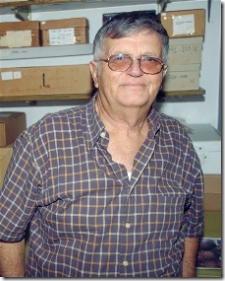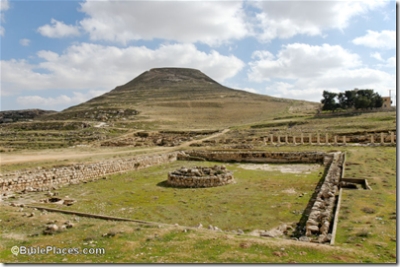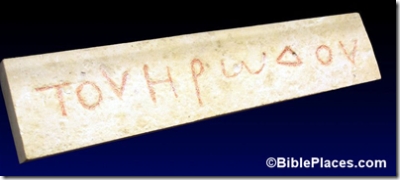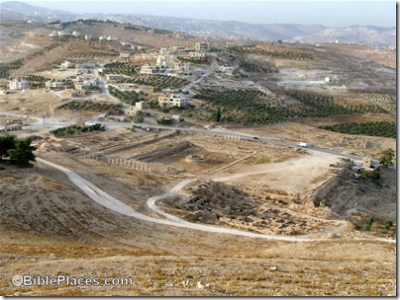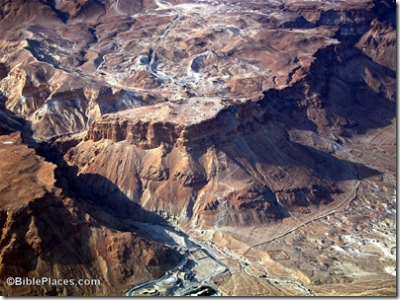After reading the full press release of the Hebrew University, I am more convinced that this is Herod’s tomb that was discovered recently. The location, high on the slope of the hill next to (or along?) the monumental staircase, could hardly be the site of anyone’s tomb outside of the royal family. By the way, that monumental staircase has long been known about, as its remains are visible on the slope. But no one realized that it led to the tomb instead of (or as well as?) the upper palace.
It certainly is a curious fact that Herod built two tomb monuments for himself, and it is equally remarkable that it took archaeologists more than 35 years of active work to locate the structure.
As indicated in the press release, the sarcophagus is a clear indicator of the date and wealth of its inhabitant. Only fragments of the stone coffin were found, but it is clearly of the highest quality and from the right time period. I think that one could argue that it belonged to any one of the royal family (e.g., a wife or a son), but it’s probably more likely it belonged to King Herod himself.
I recommend reading the press release yourself (it’s not long), but here are three points that caught my attention:
- The tomb was approached “via a monumental flight of stairs (6.5 meters wide) leading to the hillside that were especially constructed for the funeral procession.”
- The podium was “built of large white ashlars (dressed stone) in a manner and size not previously revealed at Herodium.”
- “Worthy of note is the fact that the sarcophagus was broken into hundreds of pieces, no doubt deliberately. This activity, including the destruction of the monument, apparently took place in the years 66-72 C.E.” I wonder how many of these pieces were found (not many, judging from the reconstruction), and I wonder if there’s any real evidence to suggest the date of destruction, or if that’s just an educated guess.
An old but detailed and illustrated article on the Herodium from Biblical Archaeology Review is now available online (probably for a limited time) if you want to learn more about the site.
